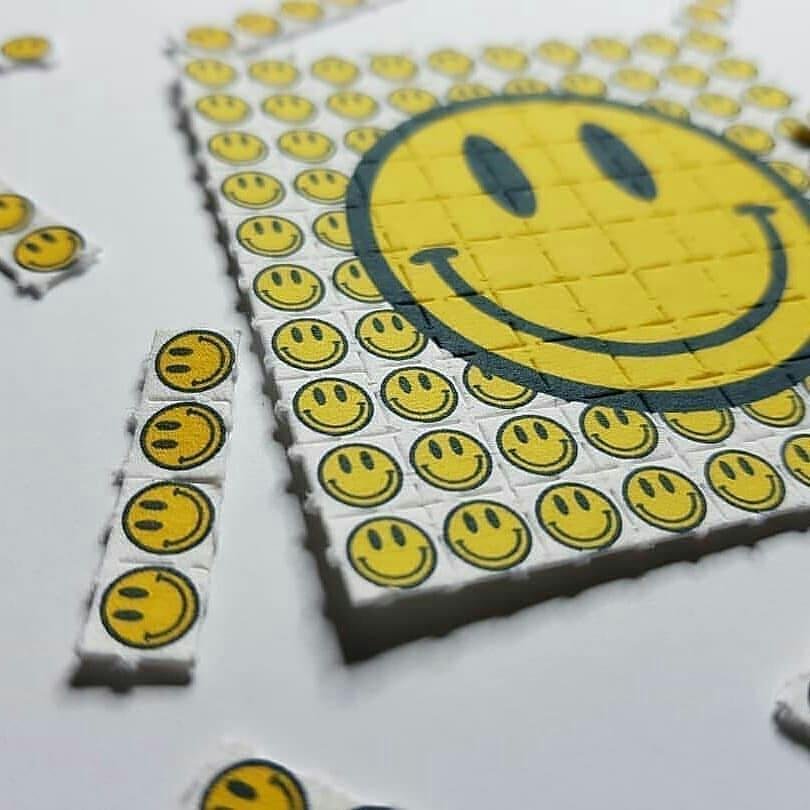Lsd blotter | lsa vs lsd
$180.00
lsa vs lsd. LSD Blotter. LSD is produced in crystalline form and is then mixed with excipients or redissolved for production in ingestible forms. Liquid solution is either distributed in small vials or, more commonly, sprayed onto or soaked into a distribution medium.lsa vs lsd. Historically, LSD solutions were first sold on sugar cubes, but practical considerations forced a change to tablet form. Appearing in 1968 as an orange tablet measuring about 6 mm …lsa vs lsd
Guarantee Safe Checkout
Description
Description
LSA vs. LSD: Exploring the Similarities and Differences
Introduction
lsa vs lsd. When it comes to psychedelic substances, LSA and LSD are often mentioned in the same breath. But what exactly are LSA and LSD? How do they differ, and what similarities do they share? In this content, we will delve into the world of LSA and LSD, comparing their effects, origins, and potential uses.
Understanding LSA
LSA, or lysergic acid amide, is a naturally occurring psychedelic compound found in various plants, most notably morning glory seeds and Hawaiian baby woodrose seeds. LSA is chemically similar to LSD, with both substances belonging to the class of drugs known as ergolines. However, LSA is considered a less potent psychedelic compared to LSD.
Exploring LSD
LSD, or lysergic acid diethylamide, is a synthetic compound derived from lysergic acid, a substance found in ergot, a fungus that grows on rye and other grains. LSD is known for its powerful psychedelic effects, often inducing profound alterations in perception, mood, and consciousness. It is one of the most well-known and widely studied hallucinogens.
Effects of LSA and LSD
Both LSA and LSD produce similar effects, such as visual hallucinations, changes in perception of time and space, and altered states of consciousness. However, LSD is generally reported to be more potent and intense compared to LSA. The duration of effects also differs, with LSA typically lasting around 6-10 hours and LSD lasting 8-12 hours.
Origins and Legality
LSA is naturally occurring and can be extracted from various plant sources. Morning glory seeds and Hawaiian baby woodrose seeds are commonly used due to their high LSA content. In some countries, these seeds are legal to purchase and possess, but extracting LSA and consuming it for its psychoactive effects may still be illegal. LSD, on the other hand, is a synthetic compound and is classified as a Schedule I controlled substance in many countries, making it illegal to possess, produce, or distribute.
Potential Uses and Research
Both LSA and LSD have been studied for their potential therapeutic uses. LSD, in particular, has shown promise in the treatment of various mental health conditions, such as anxiety, depression, and addiction. However, due to legal restrictions and the potential for misuse, research on these substances is limited.
Conclusion
LSA and LSD are two psychedelic compounds that share similarities in their effects and chemical structure. While LSA is naturally occurring and less potent, LSD is a synthetic compound known for its powerful psychedelic properties. Both substances have potential therapeutic uses, but further research is needed to fully understand their benefits and risks. It is important to note that the use of LSA and LSD should always be approached with caution and in compliance with legal regulations.
Related products
-
-
lsd
$100.00 – $500.00Select options This product has multiple variants. The options may be chosen on the product page -
LSD Acid Gel Tabs
$100.00 – $800.00Select options This product has multiple variants. The options may be chosen on the product page





